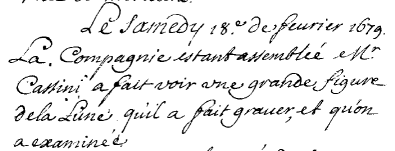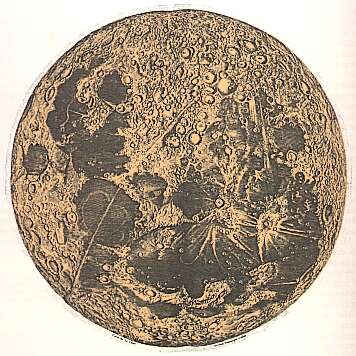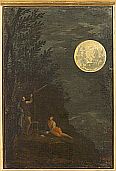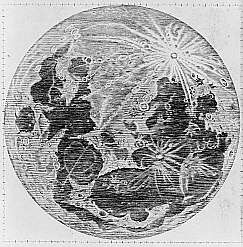 Astronomical observations, 1711
Astronomical observations, 1711Donato Creti, (Cremona 1671 - Bologna 1749)
oil on canvas, cm. 51 x 35 each panel
cat. 40432-40439
The series of Astronomical observations was commissioned in 1711 by the Bolognese count Luigi Marsili. He had the artist Donato Creti paint all the planets in as many small pictures and made a gift of these to the Pope to convince him of the importance for the Holy Church of an astronomical observatory. The gift made it possible to achieve his goal, because with the support of Clement XI (pontiff from 1700 to 1721) the first public astronomical observatory was opened in Bologna a short time later. The eight small canvases show the planetary system as it was then known: the Sun (cat.40432), the Moon (cat.40433), Mercury (cat.40434), Venus (cat.40435), Mars (cat.40436), Jupiter (cat.40437), Saturn (cat.40438) and a Comet (cat.40439). The planet Uranus, only discovered in 1781, is missing. The presence of the planets is dominant in the composition. They are depicted as observed with telescopes and various optical instruments (for which the artist had precise instructions) by small human figures in eighteenth century clothes, reabsorbed into the vastness of the nocturnal scene. source
 The table next to Louis XIV is covered with books and drawings. There is a
architectural drawing of a fortification / stronghold, a drawing of a
botanical? subject and a drawing of what at first glance appears to be a
collection of light and dark smudges. A second and longer inspection
suggested it to be a drawing of lunar features, more specific the area
between Kepler, Oceanus Procellarum at the top and extending downwards to
the region of Tycho (not visible).
The table next to Louis XIV is covered with books and drawings. There is a
architectural drawing of a fortification / stronghold, a drawing of a
botanical? subject and a drawing of what at first glance appears to be a
collection of light and dark smudges. A second and longer inspection
suggested it to be a drawing of lunar features, more specific the area
between Kepler, Oceanus Procellarum at the top and extending downwards to
the region of Tycho (not visible). .
. Lunar map of Cassini 2nd edition:
first edition 1679, engraved by Jean Patigny. Second edition 1787. 20
'Pouces de Paris' (54 cm) in diameter. This second edition is identical to
the first, but for the text “Carte de la Lune ... de Jean Dominique
Cassini”, engraved at the bottom.
Lunar map of Cassini 2nd edition:
first edition 1679, engraved by Jean Patigny. Second edition 1787. 20
'Pouces de Paris' (54 cm) in diameter. This second edition is identical to
the first, but for the text “Carte de la Lune ... de Jean Dominique
Cassini”, engraved at the bottom.
 A series of eight small paintings by Donato Creti is on display in the
Vatican Museum. Each of these paintings represents a rural scene in which
a specific celestial body is observed. One of these paintings (see image
on the left) shows two men observing the moon.
A series of eight small paintings by Donato Creti is on display in the
Vatican Museum. Each of these paintings represents a rural scene in which
a specific celestial body is observed. One of these paintings (see image
on the left) shows two men observing the moon.  A reduced map
(lunar features are not labeled) is published in Nouvelles decouvertes
dans le globe de Jupiter faites a l'Observatoire royal, Chez Jean
Cusson
A reduced map
(lunar features are not labeled) is published in Nouvelles decouvertes
dans le globe de Jupiter faites a l'Observatoire royal, Chez Jean
Cusson